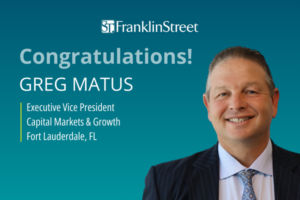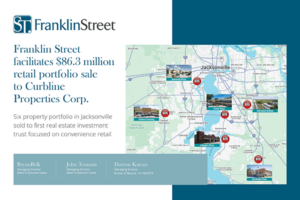This year has been tough for brick-and-mortar retailers with store closings more than tripling from 2016 to nearly 7,000 stores forced to shut their doors.
But real estate professionals along the First Coast have repeatedly downplayed news reports of the death of retail, noting that while some consumers behavior has shifted, the retailers that change with the times are coming into 2018 as strong as ever.
Carrie Smith, a managing director at Franklin Street, said “the future of retail will be shaped by the blending of the digital and physical experiences,” noting that the changes seen this year have been predicted by experts for a number of years. She said that retailers that have invested in omnichannel retail strategies saw those pay off in 2017.
Omnichannel retail strategies include having both an online and physical location to be available for customers to access a company’s product lines or services.
Smith said that understanding omnichannel strategies will continue to be important in 2018, pointing to Amazon’s purchase of Whole Foods, Target buying Shipt and Walmart purchasing several digital companies in 2016.
“[Those transactions] prove that the future of retail will be shaped by blending digital and physical experiences,” she said.
Other trends Smith sees on the horizon for 2018:
Healthcare options in shopping centers will become the norm, from dental offices to urgent and primary care facilities. Here locally, we’re going to see names like St. Vincent’s, HCA, and Aspen Dental become mainstays in the retail landscape. This type of use can be a great compliment to most shopping centers and fill a void in neighborhoods where there is a need. Stable tenancy, length of lease term and mostly low parking requirement are just a few of the benefits that landlords get out of this use.
Food and beverage will continue to dominate the shopping center industry, with the fast-casual segment being the biggest driver behind the rapid expansion.
Experience and transparency will take even more meaning as brands want to showcase what’s happening in the kitchen and give the customer an experience from start to finish. And while there could be some concern of an oversupply, the fundamentals that are driving this trend are likely to not shift in the next 10 years – like population growth and millennials demand for experience over stuff.



